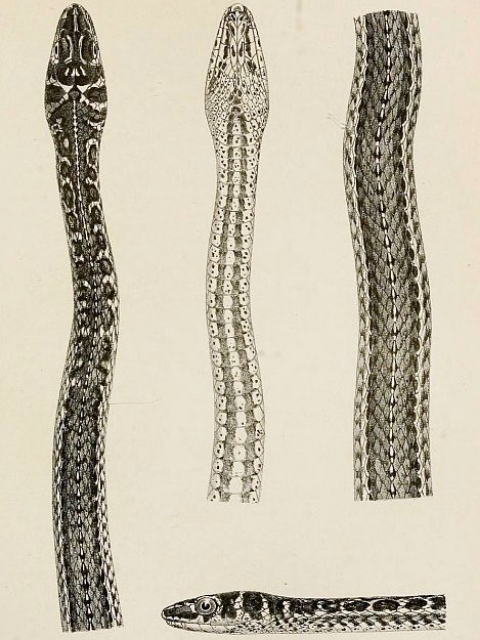Family: Colubridae. Subfamily: Colubrinae
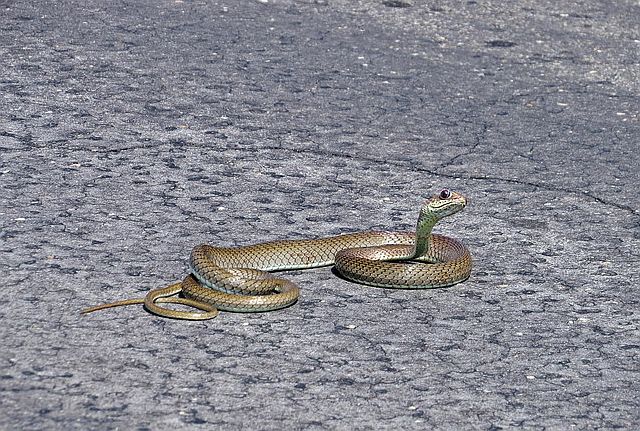 © Bushcraft
© BushcraftAround the Kruger Tablets in the Kruger National Park.
 © aat
© aatKruger National Park
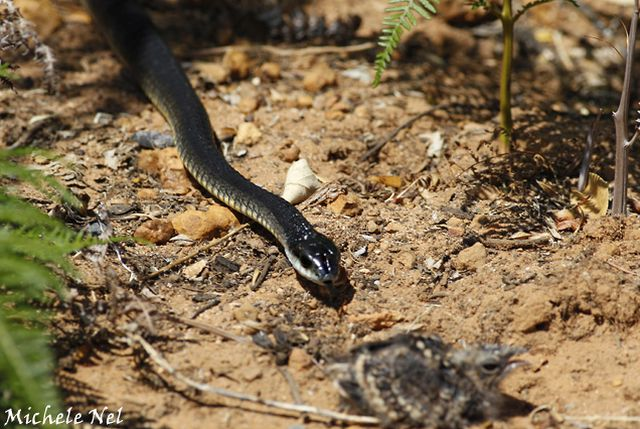 © Michele Nel
© Michele NelKirstenbosch
 © Bushcraft
© BushcraftCharacteristics
• Strongly keeled dorsal scales
• Very large eyes and a short stubby head
• May inflate the neck and most of the body when provoked
• Spends most of its life in shrubs and trees
• Diurnal
Description
Can be identified by its large eye (the largest of any snake in Africa), a small head, its ability to inflate its neck when threatened, its keeled (rough) scales, and a two tone colour body (normally), males are often black and yellow while females are brown or olive coloured; there are even some specimens that are red. The Boomslang has the reputation of having more colour variations than any other snake in South Africa. This snake has an average length of 1.3 meters but may reach 2 meters.
Scalation
Midbody scales are in 19 rows (rarely 17 or 21), with 164-201 ventrals and 104-142paired subcaudals. The anal shield is divided. There are 7 (rarely 6 or 8) upper labials with the 3rd and 4th entering the eye, and 8-13 lower labials, as well as 1 preocular (somestimes 2) and 3 (sometimes 2 or 4) postoculars. Temporals are variable, usually 1+2.
Geographical distribution
The Boomslang has a wide distribution: within southern Africa it is present in almost all provinces except the Northern Cape, it is however absent from the northern part of the Western Cape and part of the Free State. It is also found in Swaziland, southern Mozambique, most of Botswana and northern Namibia.
Habitat
It has a wide habitat range including lowland forest, savanna, grassland, fynbos and Karoo scrub. It is very rarely seen on the ground, being usually found in trees or small shrubs.
Behaviour
A notably unobtrusive, shy and diurnal snake that spends most of its time in trees and shrubs. It may also descend to the ground to hunt or bask.
With its superior vision, the Boomslang has no difficulty in locating prey. When it does, it freezes with its head cocked, the only movement being lateral waves that sweep the neck. It then swoops onto its prey, which is held firmly in its jaw.
If provoked, the Boomslang will inflate the neck region to more than twice the normal size, displaying the vividly marked skin. Eventually, the entire body is inflated, at which stage the snake will strike sideways and forward with a jerky motion.
Diet
Consists primarily of chameleons but also consists of lizards, birds, birds eggs and frogs.
Predators
This snake is preyed on by birds of prey and other snakes (including its own species).
Reproduction
Oviparous (egg laying) and generally lays between 8 and 14 eggs in late spring or early summer, The Boomslang mates in a tree unlike most other snakes which mate on the ground, It is able to lay its eggs either in disused birds nests or on the ground near a tree.
Venom
This snake has a lethal haemotoxic venom which although dangerous is very slow acting (it may take 24 hours for the symptoms to become apparent). It requires a unique antivenom which is luckily available from all major provincial capital hospitals in its range. However it is rarely required because the Boomslang is a non-aggressive snake and is seldom seen.
Links: Marais, J. 2004. A Complete Guide to Snakes of Southern Africa.
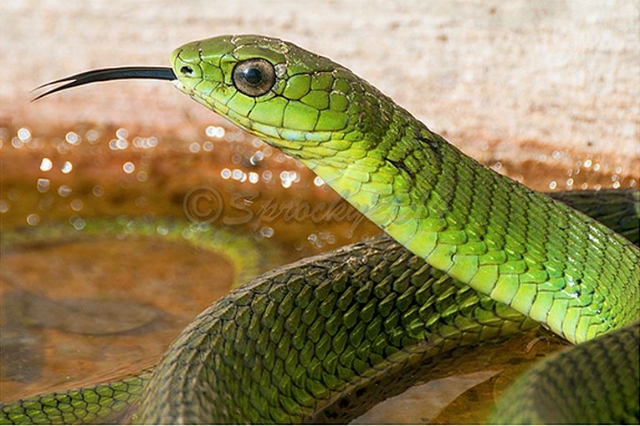 © Sprocky
© SprockyGrietjie Private Reserve (Balule)
Mountain Zebra NP




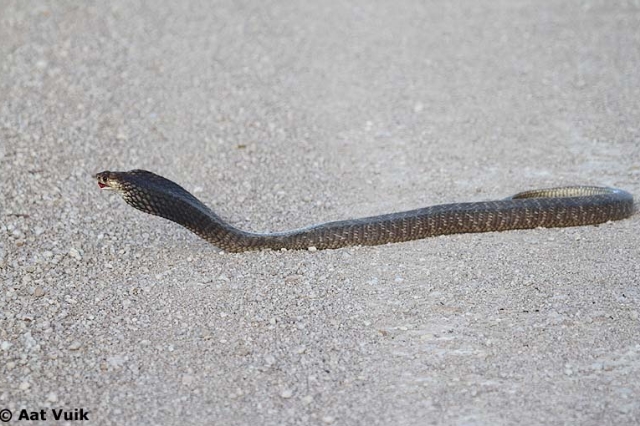

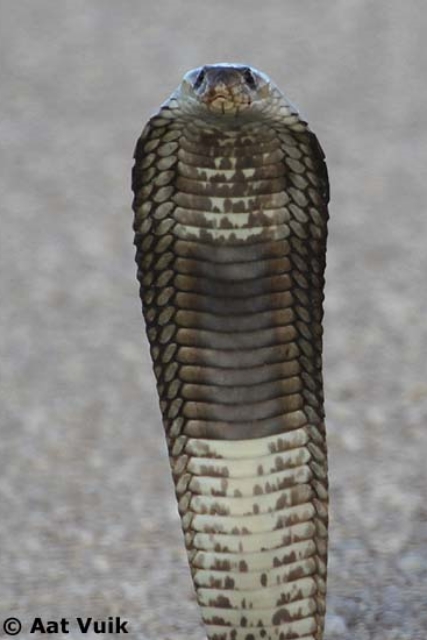
 © Heksie
© Heksie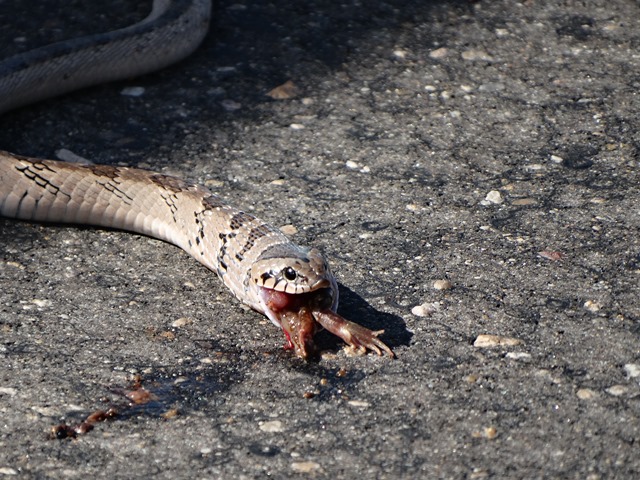 © Heksie
© Heksie © Heksie
© Heksie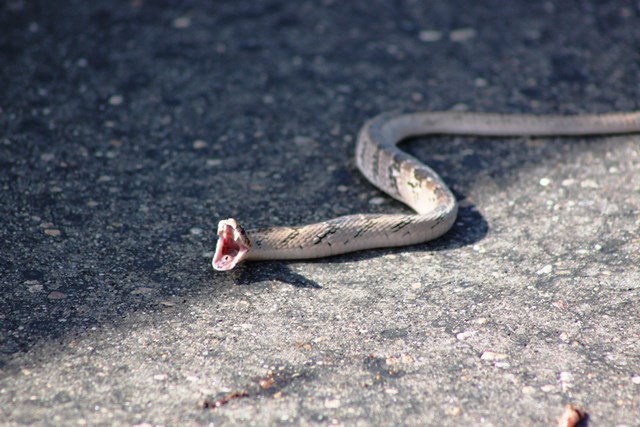 © Heksie
© Heksie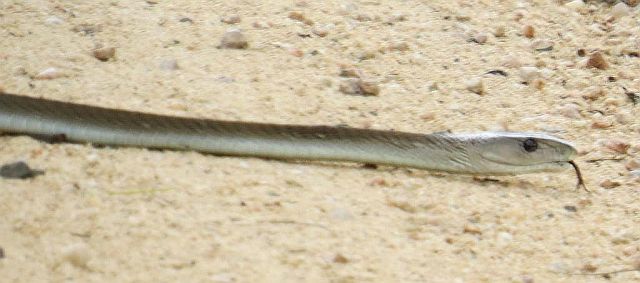 © Valerie Nxumalo
© Valerie Nxumalo
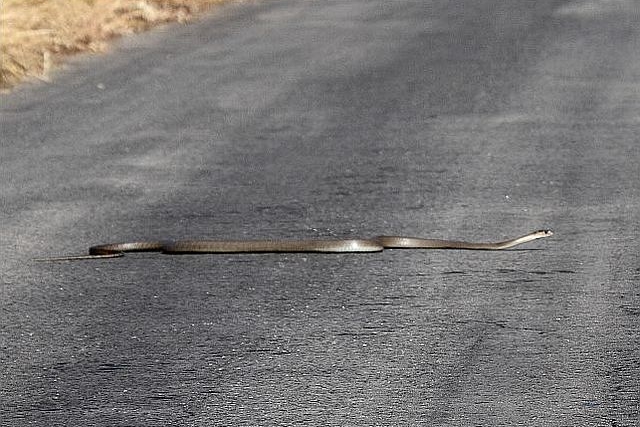 © Sharifa
© Sharifa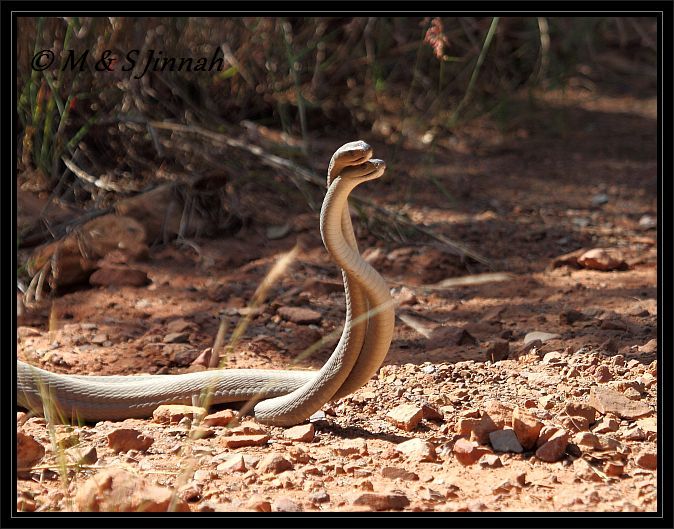
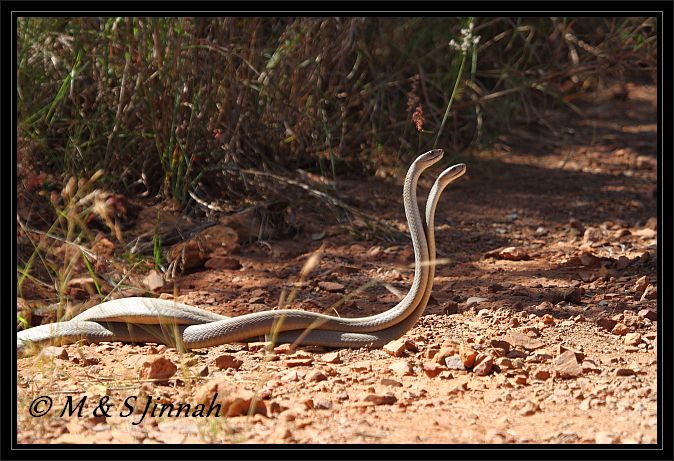
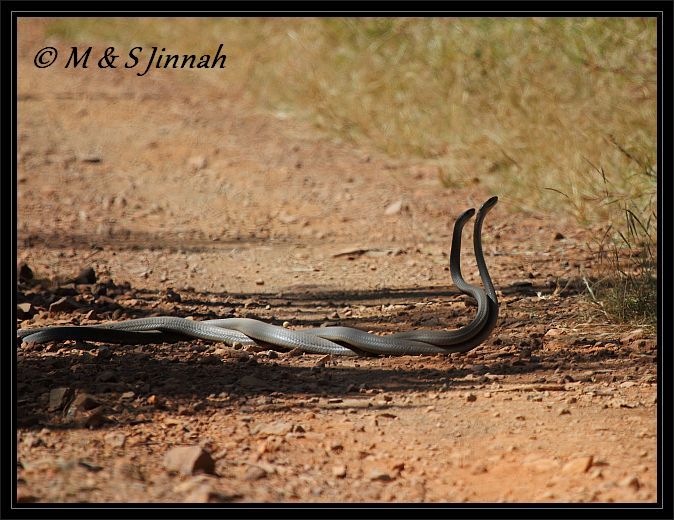
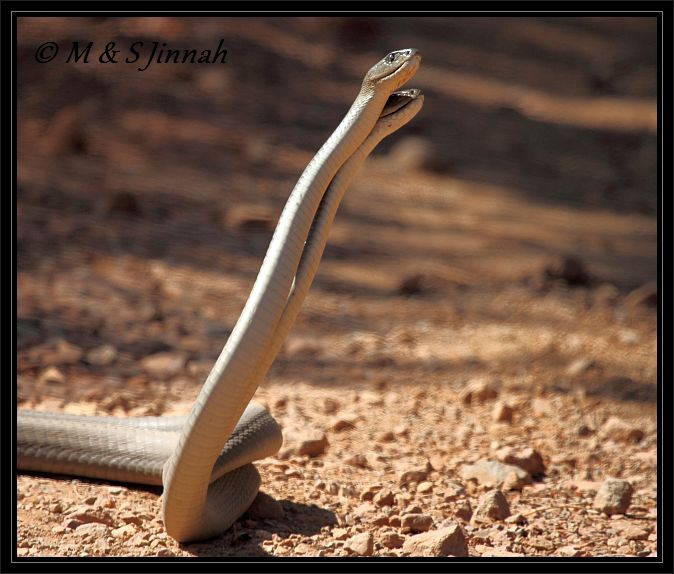
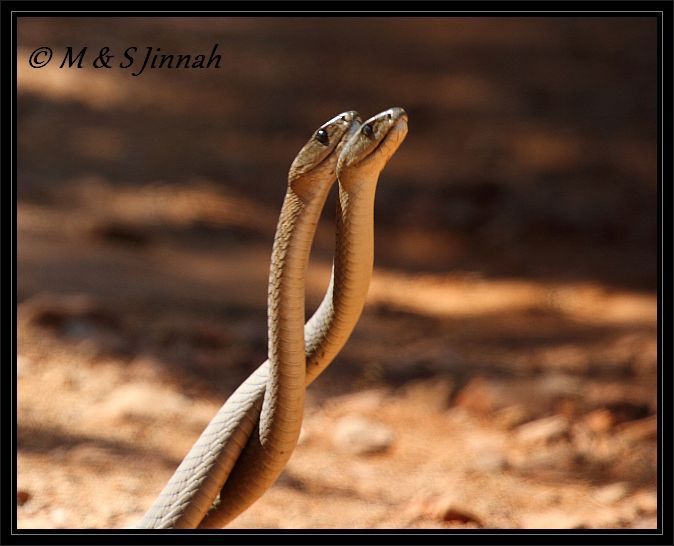

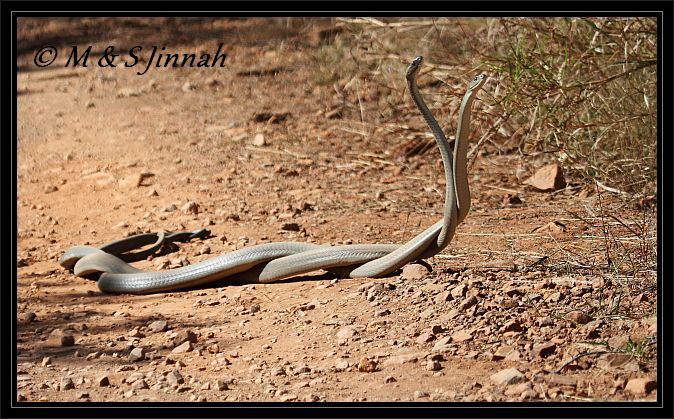

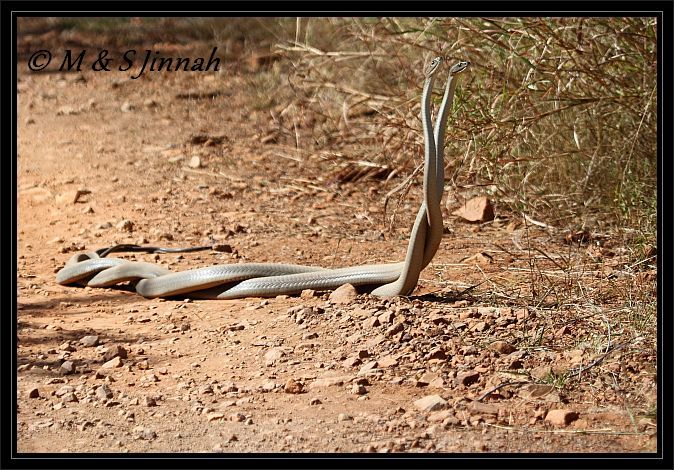
 © steamtrainfan
© steamtrainfan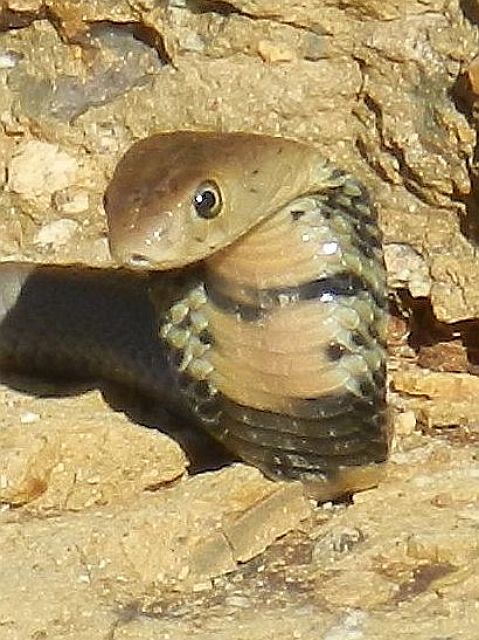 © Valerie Nxumalo
© Valerie Nxumalo © Valerie Nxumalo
© Valerie Nxumalo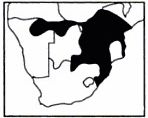
 © Heksie
© Heksie © Heksie
© Heksie © Bushcraft
© Bushcraft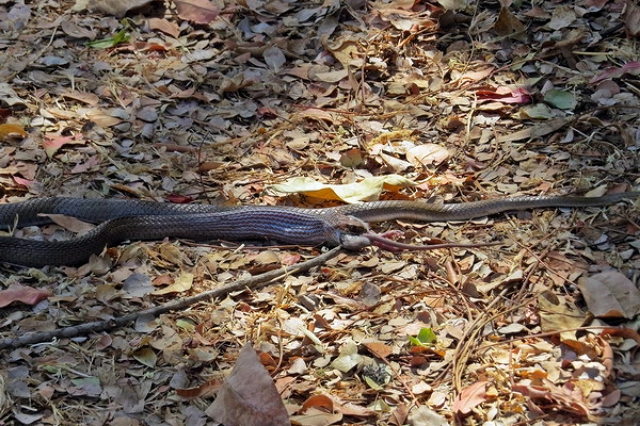 © Bushcraft
© Bushcraft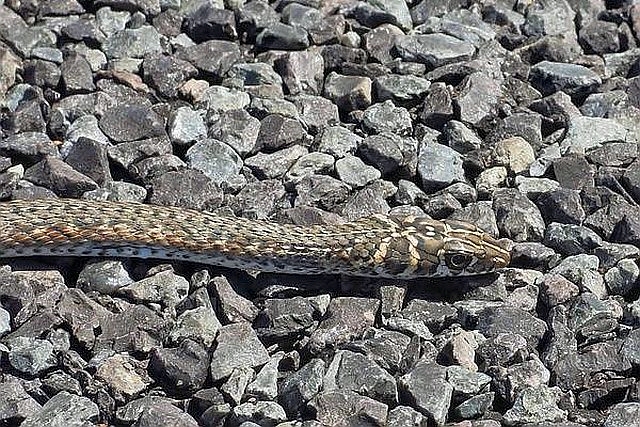 © nan
© nan